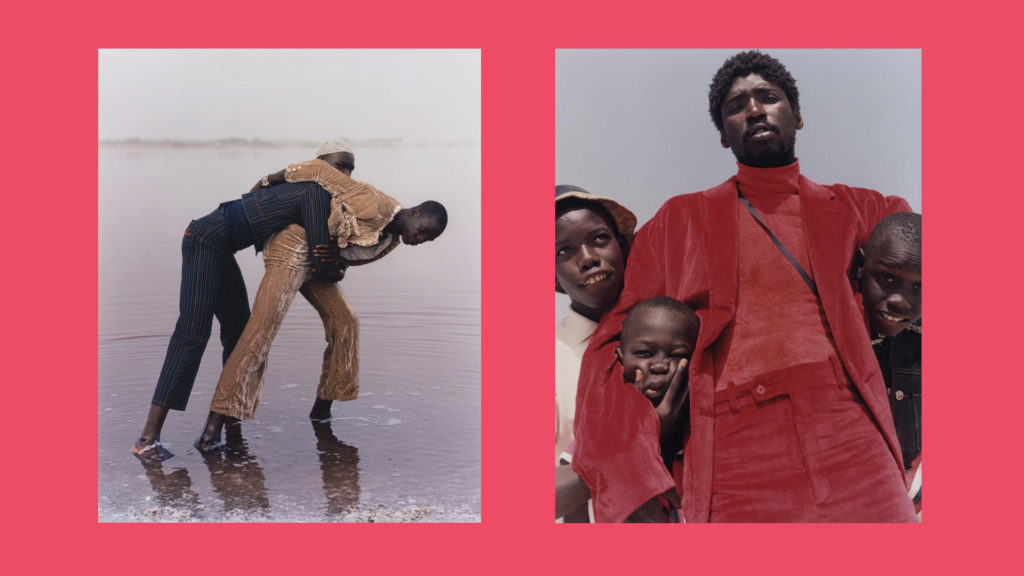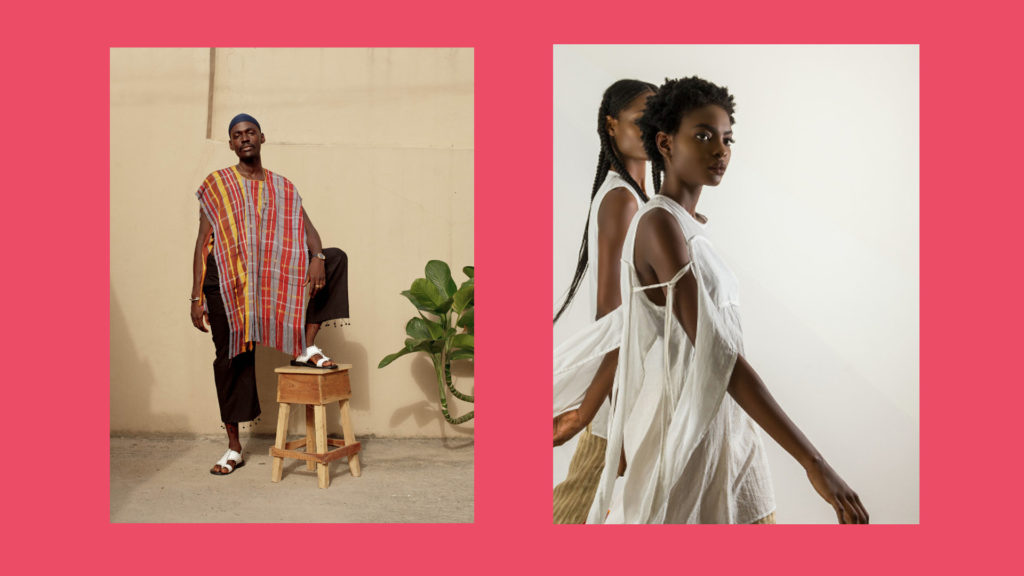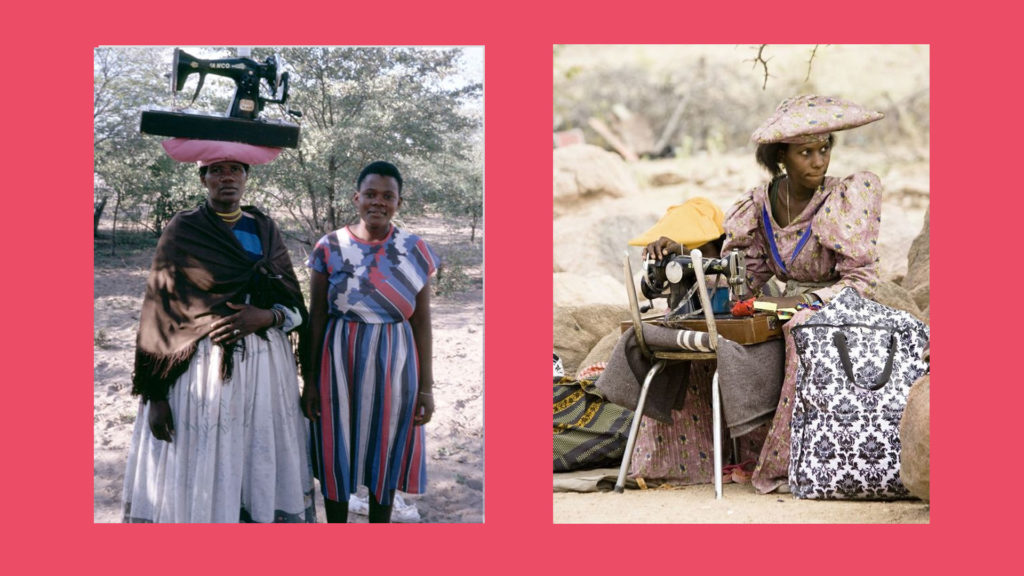Even if I was not born in Africa, I feel quite concerned by African issues – and above all African representations – as I was born with an African heritage. Living in a western country when you have this kind of heritage can be a really strange, perilous and exhausting journey. People always let you know what kind of cliché they have on this continent that gathers many different countries, thus many different cultures. But in the common knowledge, the distinction is not seen as relevant or even as a necessity. All the countries are put in the same bag and that’s all. Beyond this obvious misunderstanding- let’s call it as it is: ignorance – regarding the variety of cultures, there are a variety of realities in ‘Africa’. Indeed, ties on this continent are highly vivid. The main problems with those representations is that they tend towards the idea that those civilisations are the most underdeveloped and uneducated ones. Drama and misfortune are the main features that are used to describe Africa in the medias.
I would like to be more gentle, optimist and nuanced, but unfortunately, life-experience has taught me that even in your closer relationships – ‘friends’ for instance- clichés are alive and they even let you know what they think about “people like you”. After being considered as exotic and even sometimes as an attraction, I have come to understand that the main problem was the representation of all those cultures in the western countries. The representation of Africans themselves can be deeply damaged by all those prejudices. It is a vicious circle. By feeling underestimated during years, many africans have the feeling they can’t be proud. Sometimes the trauma is going so far that they are tempted to assimilate naively and foolishly the western system as if it was the only reliable possibility.
You see, we are still having those images from famine in Ethiopia 30 years ago or Biafran war half a century ago. Nevertheless, countries as Ethiopia are now facing important growth and improvements. But still, we have this representation of a ‘savage’ Africa where misery is everywhere. This representation has an impact in every fields including the fashion industry. The image of fashion in those countries is mainly based on one fabric that is not even from Africa: The Wax. After some researches, all I can say is that it is hard to find pictures that go beyond the traditional silhouette. All those elements put together, make you easily realize that this continent is deeply underestimated. But being so confident about our international order is a mistake – and fashion should understand that the wind is changing its direction, and this regardless our individual willing or feelings. I often showed – especially on my Instagram stories – that we should stop underestimating this continent. Today, the goal is to give 3 facts that can cleverly and simply justify this statement. Not that we need justifications to legitimate this continent and its cultures. With this article I wanted to underline a few elements that can clearly make us understand why this underestimation should stop now.
In 30 years, Africa will gather the quarter of the worldwide population…

In a previous article, I mentioned my theory about the correlation of the low birth rate and the representation of kids and family in the fashion industry. This implies that while the average age in western countries tends to be above 50-60 years old, many countries in Africa are dealing with an impressive birth rate. According to an American NGO survey, in 2050, in the 10 most populated countries, 3 will be in Africa. When you are going further in the forecasts, you will see that in 2100, the continent will gather 40% of the global population. But following more reachable forecasts, in almost 30 years, most of African people will have between 15 – 45 years old. The consequences on the international order could be massive in many fields. Of course, this continent has to face many challenges. Choices will need to be made and according to them, the continent will hopefully shape its unified identity. If the decisions are made smartly and harmoniously, those countries will totally change the game. Underestimating them is a dangerous tactic. On the long term, it could be really painful. With so many young and fresh spirits, the creativity field on this continent is deeply growing. Fashion, movies, culture are harder investigated by the youth. If you need more proof, you can always watch Arte ‘s wonderful short documentary series called ‘Africa Riding’
‘Fashion’ in Africa is a ‘serious business’

When I’m using “serious business” it is more with an ironic tone than a serious one. Of course, fashion in Africa is more than a business. However, because western countries are obsessed with capitalism, profits and interests, I feel this is the only way they can really understand the impact of this field in the entire continent. The last BoF State of Fashion in 2018 underlined well the possibilities in this industry. The report mentioned that internal projects are made in those countries to promote fashion talents. Diana Opoti, a Kenyan fashion PR executive created a campaign named ‘100 Days of African Fashion’. She broadcasted the entire experience on her Instagram while she was traveling around the continent. Besides those various initiatives, the report shows that the real change occurring in Africa has a worldwide impact. Indeed, by embracing systems that are more in line with their cultures, the fashion market is constantly growing in various countries within the continent.
“Empowered by digital connectivity, upwardly mobile consumers and bold business innovation, emerging market leaders are now helping to find a new centre of gravity for the global fashion industry.(…) power is increasingly shared and decentralised. ” – BoF ‘The State of Fashion 2018‘
‘Fashion’ is a part of the African DNA

What is bothering me the most in this situation overall, is that information is constantly used to misguide people. How many times did you hear that some westerner explorer has ‘discovered’ things on the African continent (location for instance)? The natives are systematically excluded from the picture. In “Amkoullel, l’enfant Peul: mémoires“, Amadou Hampâté Bâ wrote that when he was a child he didn’t understand why it was said that a white explorer discovered a small river near his grandparents’ house while his family knew this place way before western countries acknowledged it. Even in sciences, many theories were associated to white savants when many of them were in reality from African intellectuals. In the common sense, fashion is born in Europe, but can we really be satisfied with this explanation? The term of ‘Fashion’ is for sure a western conception. When you are aware of that, you understand that they include only their own definition of fashion in the typology of this industry. It is always a question of perception, isn’t it? Thus, it doesn’t take necessarily in account other forms of fashion. However, through African history, many elements underline a specific connection with clothes. For instance, by 1200 B.C.E, Mali was the largest empire in West Africa and they wore ‘Bogolanfini’ (or mud cloth). “Each cloth had arrangements of symbols revealing something secret about its intended meaning. The language of the cloth was passed down from mother to daughter along with specific motifs.” (Leah Alexandria Brown) Besides, the first fabric made by humans – which is Bark cloth – was made by the Baganda people in Uganda during the 15th century. The more you are making researches, the more you will realise that many fabrics, patterns, textiles were born in this vast continent. There are so many elements that it becomes impossible to ignore the impact of Africa in the actual fashion system. Looking at emerging designers in the continent, there is clearly a real ‘fashion industry’ full of gifted creatives that choose to stay in order to make their contribution to the future of their dear Mother Africa.
“Fashion and the creative field in Lagos is at a very amazing phase than it used to be, now we have got a lot of people putting out works that can stand on global stages which I believe is an amazing thing. Lagos has got a lot to offer to me as a creative, I feel its only right to be apart of the amazing creatives spearheading a new Africa. To whom much is given, much is expected I believe.“ – Faith Oluwajimi
I’m going to conclude this article on one thing: despite all of those possibilities, Africa deeply needs to think about its future but it begins with an awareness of its different communities concerning their own cultures. Also many countries need to make improvements in various fields. As I have said before, tough choices need to be made, and according to them, this continent will shape its future. Trying to fit into the western fashion system is not a relevant solution. It could have regrettable consequences on what makes fashion in Africa so special. However, reconnecting with African history and roots could be the better choice to make. As mentioned in my previous article, if you don’t fit with the actual model, create your own. We don’t have to beg to be taken seriously. African people should be proud, despite the bad and biased representations people have on this continent.






